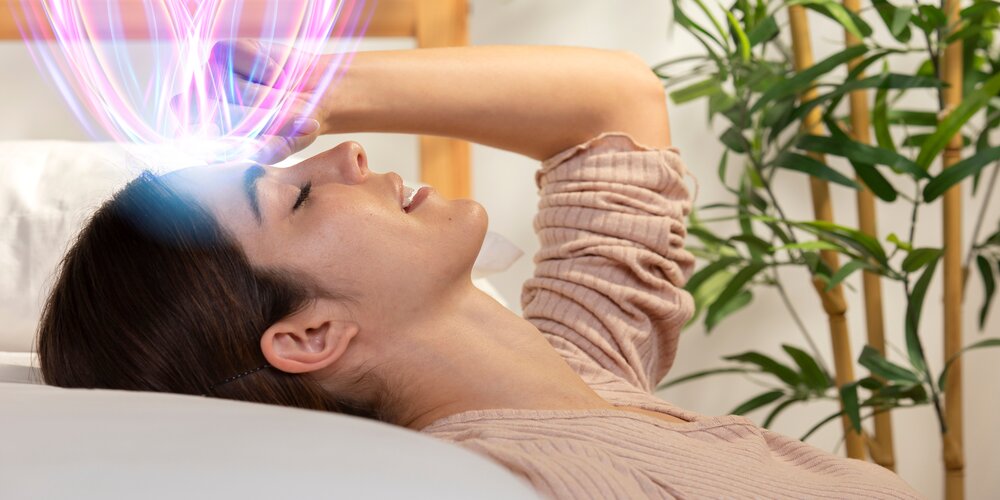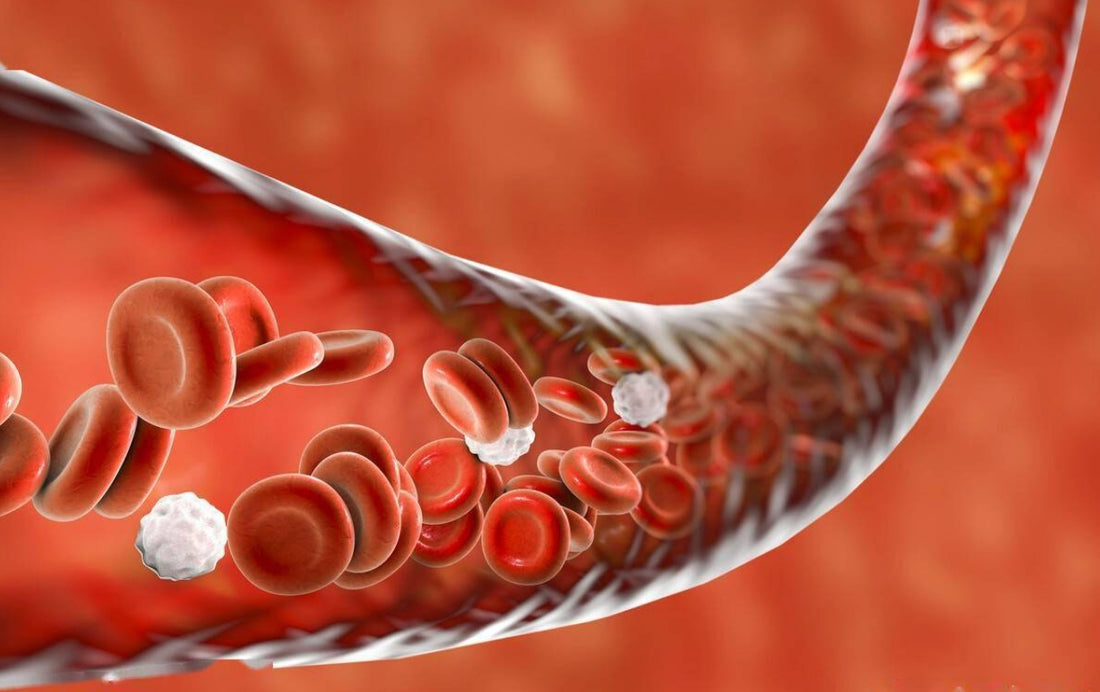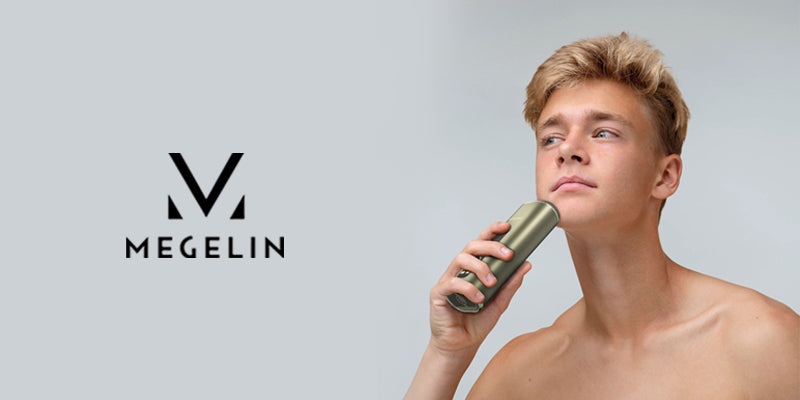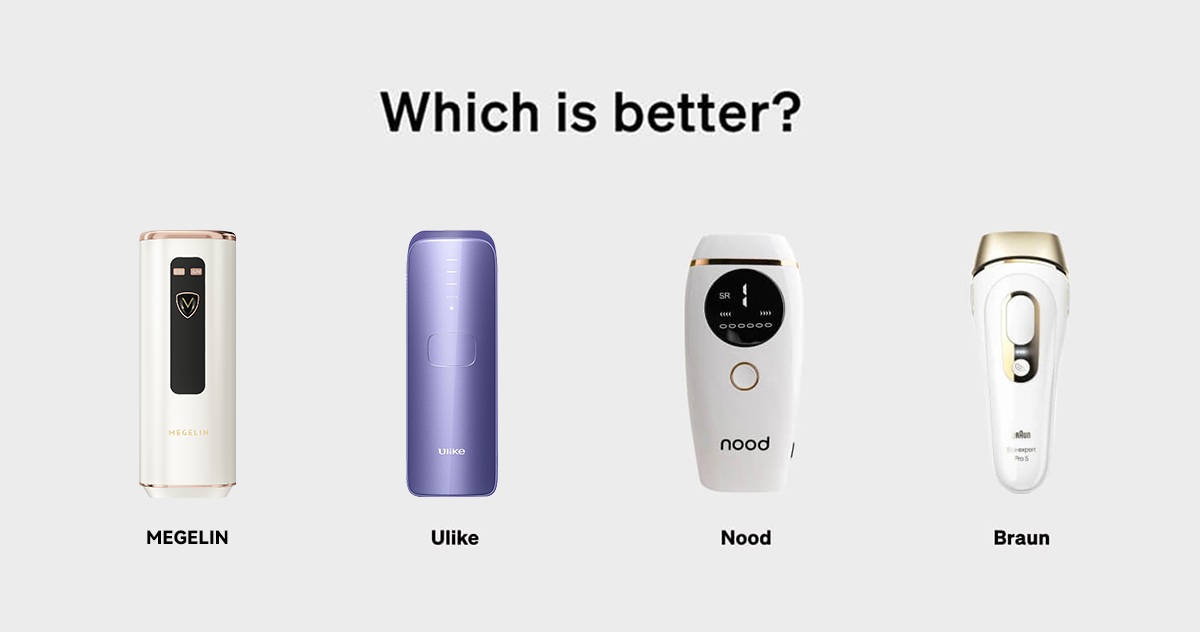
Pulsed Red Light Therapy: Beneficial or Bogus?
2MegelinIn recent years, pulsed red light therapy has gained attention as a potential breakthrough in non-invasive medical treatments. This innovative approach combines the principles of red light therapy with pulsed delivery, promising a range of health benefits. As more people seek alternative solutions for various conditions, understanding the effectiveness and scientific basis of this therapy has become increasingly important.
This article delves into the world of pulsed red light therapy, exploring its mechanisms and potential applications. It examines the scientific evidence behind its claimed benefits, comparing it to other light-based treatments such as intense pulsed light (IPL) and LED therapy. Additionally, it looks at the practical aspects of using this therapy, including its cost and intensity levels, to help readers make informed decisions about its potential role in their health and wellness routines.
Understanding Pulsed Red Light Therapy
What is pulsed red light therapy?
Pulsed red light therapy is a therapeutic technique that uses intermittent bursts of red light to treat various health conditions. Unlike continuous light therapy, pulsed therapy involves emitting light in alternating on and off cycles at specific frequencies [1]. This approach allows for precise modulation of light energy, potentially enhancing cellular responses and therapeutic effects [1].
How does it differ from continuous light therapy?
The main difference lies in the light emission pattern. Continuous light therapy provides a steady, uninterrupted stream of light throughout the treatment session. In contrast, pulsed therapy delivers light in rhythmic intervals, creating periods of exposure and rest for the cells [1]. This pulsing action may offer several advantages:
- Reduced heat buildup and cellular fatigue risk
- Enhanced oxygenation and circulation in the treated area
- Optimized cellular metabolism
- More targeted stimulation of specific biological processes [1]
Claimed benefits of pulsed therapy
Proponents of pulsed red light therapy claim it has potential benefits in various areas:
- Pain management: Studies have shown significant reductions in pain intensity and improved joint mobility for patients with chronic pain conditions like fibromyalgia and osteoarthritis [1].
- Wound healing: Research indicates that pulsed light therapy may accelerate wound healing by stimulating collagen production and increasing blood flow to the treated area [1].
- Skin rejuvenation: Compared to steady light therapy, pulsed light therapy has demonstrated superior outcomes in wrinkle reduction, skin firmness, and overall texture improvement [1].
- Hair restoration: Studies suggest that pulsed light therapy can lead to significant increases in hair density and thickness for individuals with androgenetic alopecia [1].
While these potential benefits are promising, it's important to note that more research is needed to fully understand the mechanisms and effectiveness of pulsed red light therapy across various applications.
The Science Behind Pulsed Red Light Therapy
Research studies on pulsed vs. continuous light
Studies have shown that pulsed light therapy may have different effects compared to continuous wave light [2]. A study published in the Journal of Clinical Rheumatology found that pulsed light therapy led to significant reductions in pain intensity and improved joint mobility for patients with chronic pain conditions like fibromyalgia and osteoarthritis [1]. Another study in the Journal of Cosmetic Dermatology revealed that pulsed light therapy yielded superior outcomes in terms of wrinkle reduction, skin firmness, and overall skin texture improvement compared to steady light therapy .
Mechanisms of action
Pulsed red light therapy works by delivering intermittent bursts of light at specific frequencies, allowing for precise modulation of light energy [3]. This pulsing action provides moments of rest for the cells, preventing excessive heat buildup and reducing the risk of cellular fatigue [3]. The rhythmic pattern of light exposure promotes better oxygenation and circulation within the treated area, optimizing cellular metabolism and stimulating specific biological processes [3].
Potential limitations
While pulsed red light therapy shows promise, more research is needed to fully understand its mechanisms and effectiveness across various applications [4]. The optimal parameters for pulse frequency and duration are still being investigated, as there is no consensus on whether continuous wave or pulsed light is best for all applications [2]. Additionally, the effectiveness of pulsed light therapy may vary depending on the specific condition being treated and individual patient factors.
Evaluating the Effectiveness of Pulsed Red Light Therapy
Comparison with continuous light therapy
Studies have shown that pulsed light therapy may have different effects compared to continuous wave light [2]. In some cases, pulsed light therapy has demonstrated superior outcomes. For instance, research published in the Journal of Cosmetic Dermatology revealed that pulsed light therapy yielded better results in wrinkle reduction, skin firmness, and overall skin texture improvement compared to steady light therapy [1].
The pulsing action of light allows for precise modulation of light energy, which can lead to enhanced cellular responses [3]. This rhythmic pattern of light exposure promotes better oxygenation and circulation within the treated area, optimizing cellular metabolism and stimulating specific biological processes [3].
Expert opinions
Experts in the field have varying opinions on the effectiveness of pulsed red light therapy. While some researchers advocate for its potential benefits, others emphasize the need for more comprehensive studies. There is no consensus on whether continuous wave or pulsed light is best for all applications [2].
Some experts suggest that pulsed light therapy may offer unique advantages. The intermittent bursts of light provide moments of rest for the cells, potentially preventing excessive heat buildup and reducing the risk of cellular fatigue [3]. This approach may allow for the use of higher peak powers while minimizing tissue heating problems, potentially improving the ability of the light to penetrate deep tissues [4].
Considerations for different health conditions
The effectiveness of pulsed red light therapy may vary depending on the specific health condition being treated. Research has shown promising results in several areas:
- Chronic pain: A study published in the Journal of Clinical Rheumatology found that pulsed light therapy led to significant reductions in pain intensity and improved joint mobility for patients with chronic pain conditions like fibromyalgia and osteoarthritis [1].
- Wound healing: Research has demonstrated that pulsed light therapy can accelerate wound healing by stimulating collagen production and increasing blood flow to the treated area [1].
- Hair restoration: Studies suggest that pulsed light therapy can lead to significant increases in hair density and thickness for individuals with androgenetic alopecia [1].
While these findings are encouraging, it's important to note that more research is needed to fully understand the mechanisms and effectiveness of pulsed red light therapy across various applications [4].
Conclusion
Pulsed red light therapy has an influence on various health conditions, offering potential benefits in pain management, wound healing, and skin rejuvenation. While research shows promise, it's crucial to approach this treatment with a balanced perspective. The unique pulsing action of this therapy may enhance cellular responses and optimize metabolism, but more studies are needed to fully grasp its effectiveness across different applications.
As the field of light therapy continues to evolve, pulsed red light therapy stands out as an intriguing option to consider. Its ability to deliver precise light energy while minimizing heat buildup makes it an appealing choice for those exploring alternative treatments. However, it's essential to consult with healthcare professionals and stay informed about ongoing research to make well-informed decisions about incorporating this therapy into one's wellness routine.
FAQs
What is red light therapy and does it work?
Red light therapy (RLT) is a developing treatment method that has been found to potentially help with wrinkles, redness, acne, scars, and other aging indicators. Although promising, many experts believe that additional clinical studies are necessary to fully validate its effectiveness.
What is the Mayo Clinic's position on red light therapy?
The Mayo Clinic has not provided a specific stance on red light therapy in the provided information.
Has red light therapy been approved by the FDA?
Yes, red light therapy has received FDA approval. It is recognized as a non-invasive, safe treatment option known for its anti-inflammatory, anti-aging, and healing benefits, ensuring its effectiveness when used properly.
Which red light therapy device is recommended?
Several red light therapy devices are recommended depending on your needs:
- Best Overall: Omnilux Contour Face.
- Best Full Coverage: CurrentBody Skin Complete LED Kit.
- Best Portable Handheld: Solawave 4-in-1 Skincare Wand.
- Best No-Frills: LightStim for Wrinkles.
- Best for Spot Treatments: Dr. (Brand not fully specified).
References
[1] - https://lighttherapyresource.com/blogs/light-therapy-news/pulsed-light
[2] - https://platinumtherapylights.com/blogs/news/pulsed-light-therapy-beneficial-or-bogus
[3] - https://maysama.com/blogs/news/on-the-pulse-with-red-light
[4] - https://www.lighttherapyinsiders.com/red-light-therapy-pulsing/










